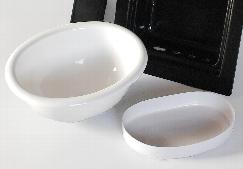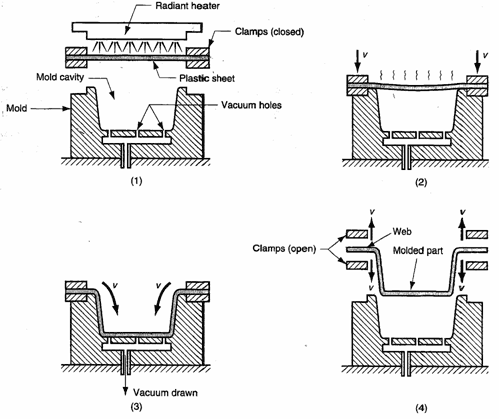A Brief Education on Vacuum Forming
Vacuum forming is a plastic thermoforming process that involves shaping thermoplastic sheets into three-dimensional components through the application of heat and pressure. This refers to all sheet forming methods, including drape forming, which is one of the most popular. During vacuum forming processes, plastic material is heated until pliable, placed over a mold and drawn in by a vacuum until it takes on the desired shape.
During the vacuum forming process, a sheet of heated plastic material is placed over a male or female mold. The mold then moves towards the sheet and presses against it to create a seal. The application of a vacuum draws out the air between the mold and the sheet, conforming the plastic to the shape. Once the plastics has cured, the new plastic component can be separated from the mold.
Vacuum Forming’s Advantages:
Economical for small to medium production runs
Low tooling costs
Quick startup
High strength to weight ratio
Efficient prototyping
No need for painting; the color and texture are formed-in

Vacuum forming produces plastic parts for various industries, such as the food, cosmetic, medical, electronics, entertainment, household products, toys, athletic equipment, appliance, automotive, office supplies and clothing industries. It is used in consumer products as small as trays and glasses or in commercial uses as large as signs for gas stations and convenience stores.
It involves less parts and tooling than injection molding, it is also more cost-effective. It is an economical choice for small to medium production runs. Offers great design flexibility available, from custom made to standard prototypes. Production time is relatively short. High precision molding available for many products, it is an attractive alternative to other molding processes.

